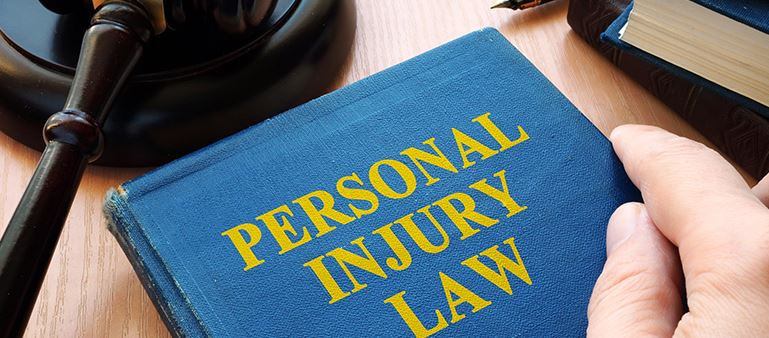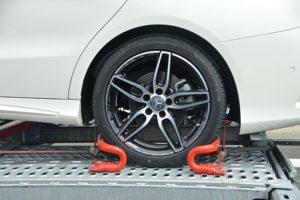Related Post
 There is nothing that is hard like organizing sporting events and coordinating schedules, this is because it requires serious planning in many instances and is often painful and time-consuming. The administrators can spend hours in the creation of schedules for players, venues, defining the teams and the dates.
There is nothing that is hard like organizing sporting events and coordinating schedules, this is because it requires serious planning in many instances and is often painful and time-consuming. The administrators can spend hours in the creation of schedules for players, venues, defining the teams and the dates.
This is a very hectic process that requires a lot of patience and attention. But sometimes after doing all this one may commit errors. So in their quest to avoid all these issues many administrators and organizers have come to rely on a large extent on sports scheduling software in the process of managing and modifying schedules quickly, efficiently and accurately.
This kind of software is specifically designed for organizers and administration to ensure that there is flexibility, superior functionality, and security. Due to this development, most people rely on this kind of software to manage their events and schedules with a reduced investment of money and time. The software has many benefits that include the following:
Easy to set up event
The software, in this case, can aid the organizer to quickly and easily define the teams, define the times that the games will take place and then lastly they can by the aid of this software, come up with the resulting schedules of the game. With a developed and user-friendly web-based interface one can easily update results, book venues, transfer teams and schedule games, and produce scorecards at any given time.
A good example of such software is onsched which is very helpful to tutors, administrators and organizers. Another feature that makes it unique is its visibility to everyone through the website thus making communication very ease because one needs not to make calls or send multiple copies of schedules.
Easy to identify the players or team
Due to the aid of this software, it has become easy for the administrators to organize events plus manage a large group of persons with minimal efforts. The software easily shows player availability while giving teams the ability to specify the times that they are available and exception days. This reduces the effort that usually one puts in when planning through the use of multiple emails and phone calls. The automated email and SMS feature ensure that there is efficient communication between all the stakeholders that are involved.
Easy to change schedule programs
 Initially it was a very tiresome and hectic endeavour for an organizer to manually schedule for an event, in some instances it could be even worse when there occurred last minute changes in team addition or deletion or even change in time allotment but with the use of this software it can allow you to make last-minute adjustments with a lot of ease. And within the shortest time possible they could be having the new schedule. This can come in handy when rescheduling games online in instances like when it rains.
Initially it was a very tiresome and hectic endeavour for an organizer to manually schedule for an event, in some instances it could be even worse when there occurred last minute changes in team addition or deletion or even change in time allotment but with the use of this software it can allow you to make last-minute adjustments with a lot of ease. And within the shortest time possible they could be having the new schedule. This can come in handy when rescheduling games online in instances like when it rains.
Time saving and flexibility
When an individual uses sports scheduling software one experience a huge reduction in data entry, mailings, printing, making phone calls, emails and many other administrative activities.Thus the software process that is automatic will enable quick and efficient handling of details. It, in this case, eliminates manual processes and saves the time that one could use in writing emails or making phone calls.
We can surely say that scheduling software has revolutionized how people plan and organize events.
Finding the right personal injury lawyer after an accident can be an overwhelming and confusing task, especially after a driving accident. It is necessary to hire a personal injury lawyer if you have been injured through someone’s negligence, incompetence, and willful ignorance.
A lawyer can ease a large section of the bundle off your shoulders. They are expected to handle communications with the insurer and claim paperwork for you.
 Not only that, but they will also help you earn cash for damages, whether physical, mental, or financial. Getting a legal advisor will allow you to focus on recovering your injuries. Here are a few things to consider when hiring one.
Not only that, but they will also help you earn cash for damages, whether physical, mental, or financial. Getting a legal advisor will allow you to focus on recovering your injuries. Here are a few things to consider when hiring one.
Experience
The most important factor you need to consider when choosing a legal advisor is their experience. It’s simple that, when you meet a jurist, the first thing you’ll ask for is their experience. A very good personal injury lawyer can judge your case and is knowledgeable about specific laws relating to income, negligence, causality, fee negligence, risk-taking statutes.
Be sure to ask them if they have any experience dealing with cases similar to yours. The more experienced they are, the more likely they will be able to toil with your case.
Reputation
Before choosing a personal injury lawyer, it is important to do your research. Search online reviews and see if they have good experience with insurance, court systems, etc. Having a reputable legal advisor can positively affect your case. This can impact both the guardian and the defendant’s perspectives. Fortunately, unraveling a jurist’s reputation is now easy, thanks to the Internet.
Personality
 Of course, working with someone you get along with is always better. Even if your legal advisor has an excellent track record and a lot of experience, if you don’t feel comfortable working with them due to personality differences, it could cost you your case.
Of course, working with someone you get along with is always better. Even if your legal advisor has an excellent track record and a lot of experience, if you don’t feel comfortable working with them due to personality differences, it could cost you your case.
Your legal advisor’s personality is as important as your background. It reveals their morals and why they would treat people around them. You don’t necessarily need to be his buddy, but he should be the kind of person who accepts calls, doesn’t ignore you when something urgent comes up about your case, and sometimes even belittles your case. A good working relationship with your legal advisor can increase your chances of winning the case.
It is unfortunate, that with the vast advancements in auto technology people still get involved in vehicle accidents. In some cases, the cars involved in a collision can be recovered, and this is where getting the best repair services is crucial. Below we discuss how to determine the best services for your car collision repair.
Selecting the best car co
llision repair
References
This is an essential service selection initiative. By asking around or  scouring the web, you can get referrals from people who have had the same service provided to them. Especially when it comes to sensitive matters such as car collision, it is paramount that you hear what other people have to say before you attempt it. If a given service provider is known to provide the best services, chances are you will hear about them.
scouring the web, you can get referrals from people who have had the same service provided to them. Especially when it comes to sensitive matters such as car collision, it is paramount that you hear what other people have to say before you attempt it. If a given service provider is known to provide the best services, chances are you will hear about them.
Staff
One of the most important factors is to check out the team that will be working on your vehicle. By randomly asking for their qualification you can quickly identify how competent the staff is. You want to choose a service provider that has experienced people in its team. This ensures that your wrecked vehicle gets the best restoration, which will make it safe to drive again.
Prices
As much as a service is proficient, it is still useless to you if it doesn’t fall under your budget. After making sure that the service provider is competent enough, ensure that you can afford their service. Some services are also overprices based on ridiculous patterns, for instance, a shop in a posh neighborhood might be expensive compared to a middle-class settlement are. Therefore, make your choice wisely based on your budget.
Added services
Added services such as towing can be an  added advantage when selecting the ultimate car collision repair service. This ensures that you get all relevant services under one roof. While additional services are in no way a reflection of a service provider’s competence, it is still nice to have all the needed services provided by one entity. In some cases, this also ensures that the overall cost is cheaper.
added advantage when selecting the ultimate car collision repair service. This ensures that you get all relevant services under one roof. While additional services are in no way a reflection of a service provider’s competence, it is still nice to have all the needed services provided by one entity. In some cases, this also ensures that the overall cost is cheaper.
These are some of the important factors to consider when seeking services for car collision repair. Cars are important, especially in contemporary times. Hence it is paramount to ensure that the individuals that work on it are qualified.



